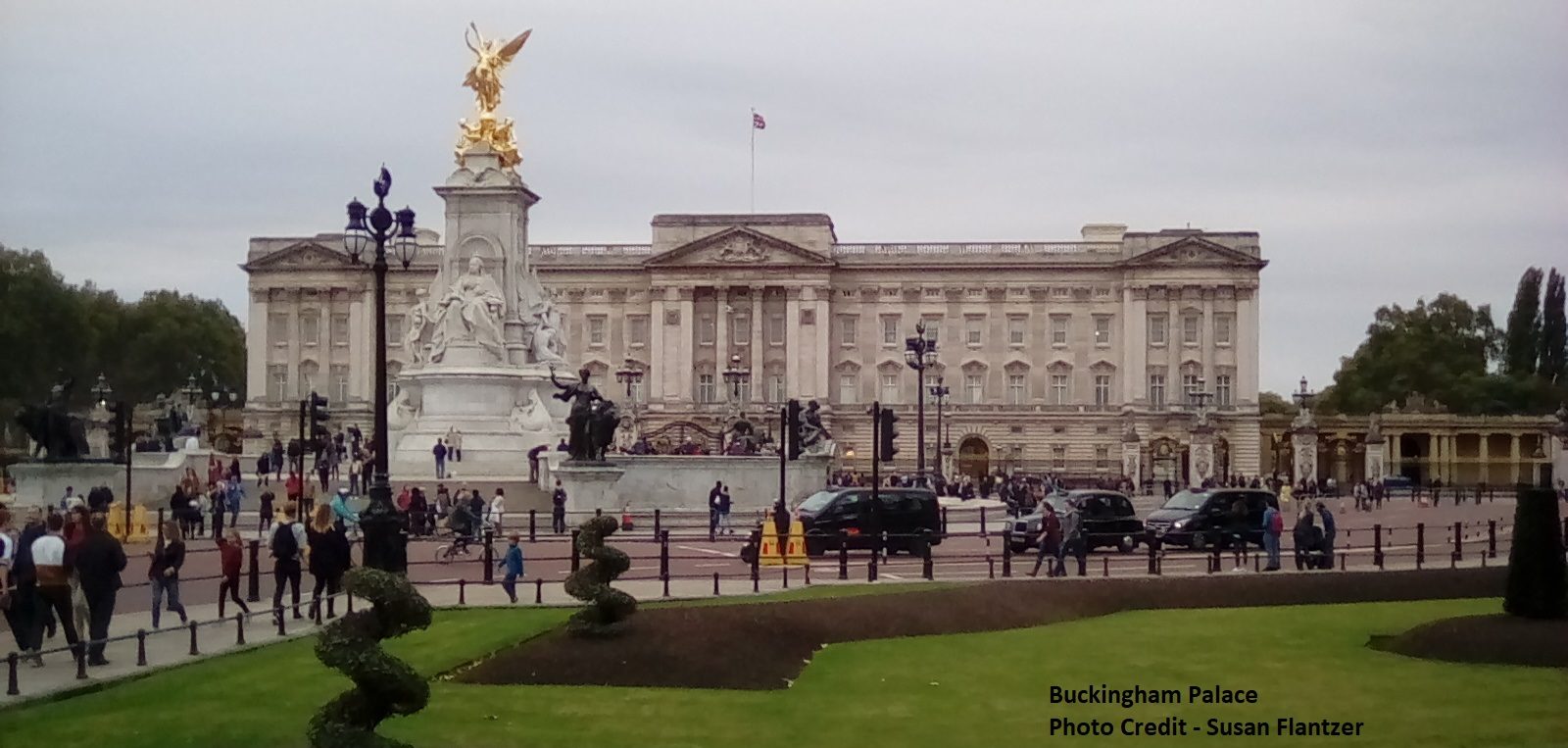by Susan Flantzer
© Unofficial Royalty 2025

Statue of Ealhswith’s husband, Alfred the Great, in Winchester, England; Credit – Wikipedia
Note: The first woman to be formally crowned, anointed, and given the title queen during the House of Wessex era was Ælfthryth, who was crowned and anointed alongside her husband, King Edgar the Peaceful, on May 11, 973.
Born circa 850/855 in the Kingdom of Mercia, in a region now known as the Midlands of England, Ealhswith of Mercia was the daughter of a Mercian nobleman, Æthelred Mucel, Ealdorman of the Gaini, and his wife Eadburh. Ealhswith’s mother was a member of the Mercian royal family, and this descent is the main reason why Alfred the Great, King of Wessex, King of the Anglo-Saxons married her. Ealhswith had one brother, Æthelwulf (died 903), who succeeded his father as Ealdorman of the Gaini.
In 868, Ealhswith married Alfred, the youngest of the four known sons and the youngest of the five known children of Æthelwulf, King of Wessex, and his first wife, Osburga. Three years later, Alfred’s brother, Æthelred I, King of Wessex, died on April 23, 871. Because King Æthelred I left two young sons, Æthelhelm and Æthelwold, who were too young to succeed to the throne, Alfred became King of Wessex. As was customary in the ninth-century Kingdom of Wessex, Ealhswith was not given the title of queen.
Alfred and Ealhswith had five known children:
- Æthelflæd, Lady of the Mercians (died 918), married Æthelred, Lord of the Mercians, had one daughter
- Edward the Elder, King of the Anglo-Saxons (circa 874 – 924), married (1) Ecgwynn, had two children, including Æthelstan, King of the English (2) Ælfflæd, had eight children (3) Eadgifu, had four children, including Edmund I, King of the English and Eadred, King of the English
- Æthelgifu, Abbess of Shaftesbury
- Æthelweard (died circa 922), married and had two children
- Ælfthryth, Countess of Flanders (died 929), married Baldwin II, Count of Flanders, had four children
Alfred is probably the best-documented Anglo-Saxon king, but his wife Ealhswith is hardly mentioned in the sources. The Welsh monk, Asser, Alfred’s biographer, never mentions her by name, and she is not found among the witnesses in Alfred’s surviving charters. When Alfred died in 899, he left three estates to Ealhswith. The estates reverted to Alfred’s direct male descendants after Ealhswith’s death. Ealhswith founded the convent of Saint Mary’s Abbey, also known as Nunnaminster, in Winchester, Wintanceaster in Old English, around 899, where she became a nun and later abbess.

A stone plaque recognizing the burial site of Alfred the Great, his wife Ealhswith, and their son Edward the Elder; Credit – www.findagrave.com
Ealhswith died on December 5, 902. Both Alfred and Ealhswith were temporarily buried at the Old Minster (scroll down) in Winchester. When the new church of Hyde Abbey in Winchester was consecrated in 1110, the remains of Alfred, his wife Ealhswith, and their son King Edward the Elder were carried in state through Winchester and interred before the Hyde Abbey high altar. Their remains were lost when Hyde Abbey was dissolved and demolished during the Dissolution of the Monasteries in the reign of King Henry VIII. Ealhswith was canonized as a saint of the Roman Catholic Church by a local bishop, primate, or patriarch, as was the practice at that time. Her feast day is July 20.
This article is the intellectual property of Unofficial Royalty and is NOT TO BE COPIED, EDITED, OR POSTED IN ANY FORM ON ANOTHER WEBSITE under any circumstances. It is permissible to use a link that directs to Unofficial Royalty.
Works Cited
- CatholicSaints.Info» Blog Archive» Saint Elswith. (2016). Catholicsaints.info. https://catholicsaints.info/saint-elswith/
- Flantzer, Susan. (2019). Alfred the Great, King of Wessex, King of the Anglo-Saxons | Unofficial Royalty. unofficialroyalty.com. https://www.unofficialroyalty.com/alfred-the-great-king-of-wessex-king-of-the-anglo-saxons/
- Venning, Timothy. (2013). The Kings & Queens of Anglo-Saxon England. Amberley Publishing Limited.
- Wikipedia Contributors. (2025). Ealhswith. Wikipedia; Wikimedia Foundation.
